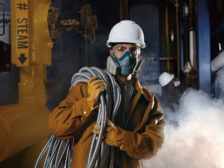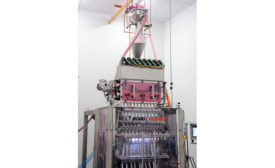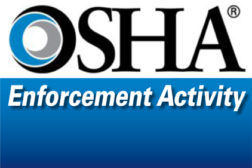Home » Keywords: » respiratory hazards
Items Tagged with 'respiratory hazards'
ARTICLES
Learn about pivotal countermeasures to ensure worker safety
Read More
Cut-resistant sleeves evaluated for respiratory hazards
Shedding fibers a cause for concern
February 1, 2017
Never miss the latest news and trends driving the safety industry
eNewsletter | Website | eMagazine
JOIN TODAYCopyright ©2024. All Rights Reserved BNP Media.
Design, CMS, Hosting & Web Development :: ePublishing










